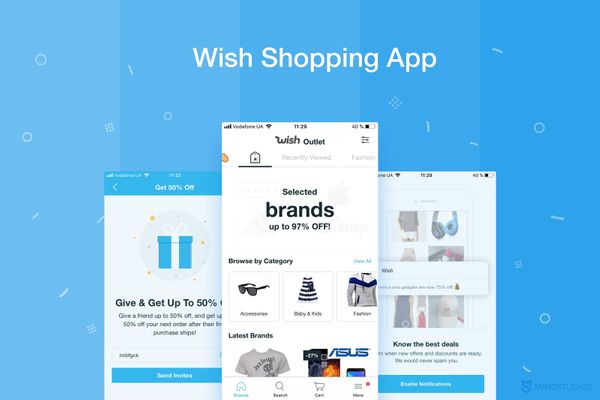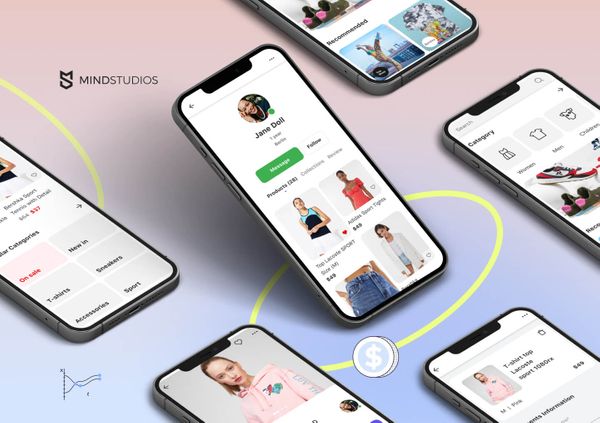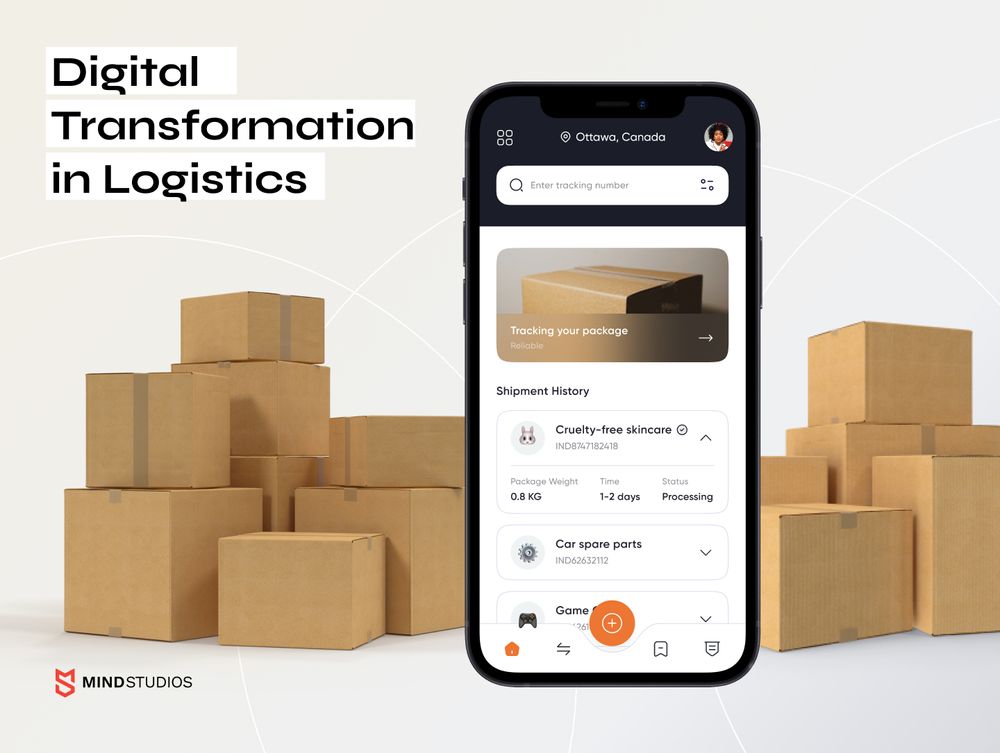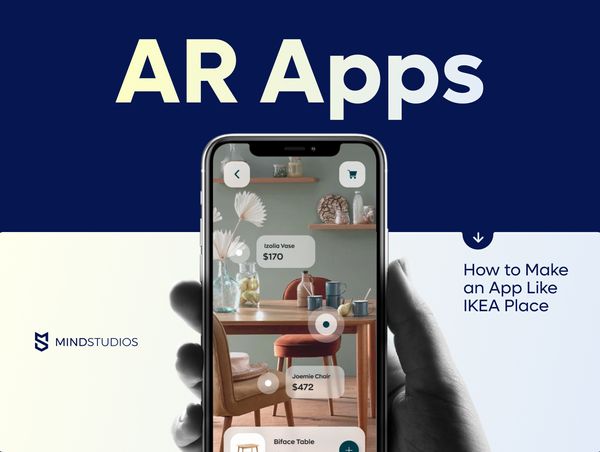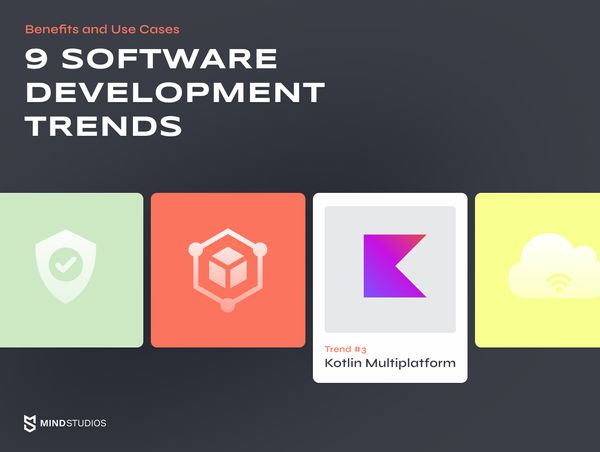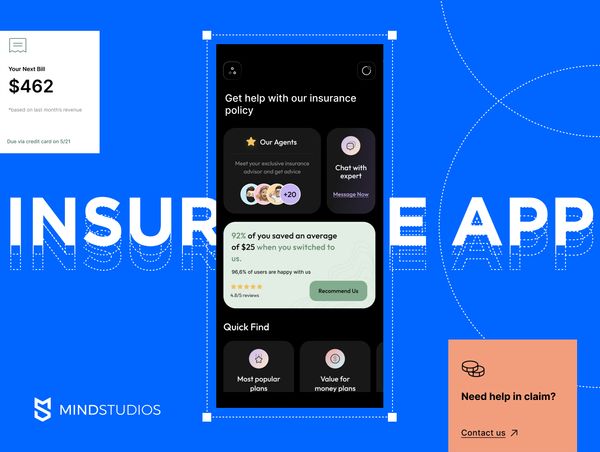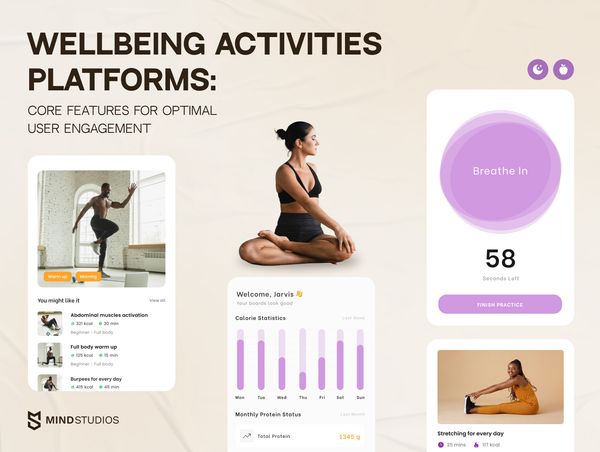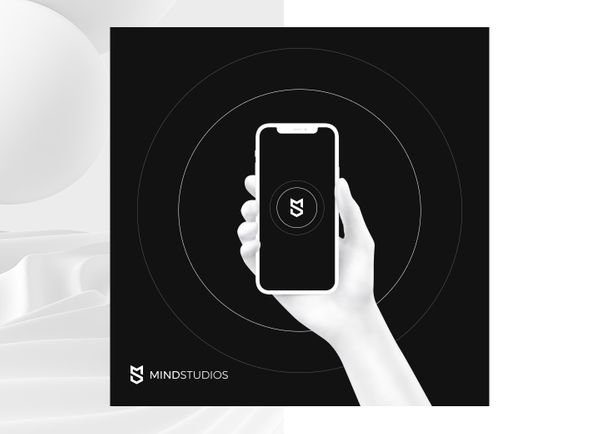
New mobile apps pop up every day, but many disappear just as fast, like snowflakes that melt away on your fingers. How to launch an app successfully so that it’s not a fleeting memory in users’ minds but a valuable asset that makes users’ lives better in some way or another?
In this article, we share some insights we’ve gathered from experience developing and releasing apps for years as well as following each app’s path long after its launch.
A mobile app as part of your business
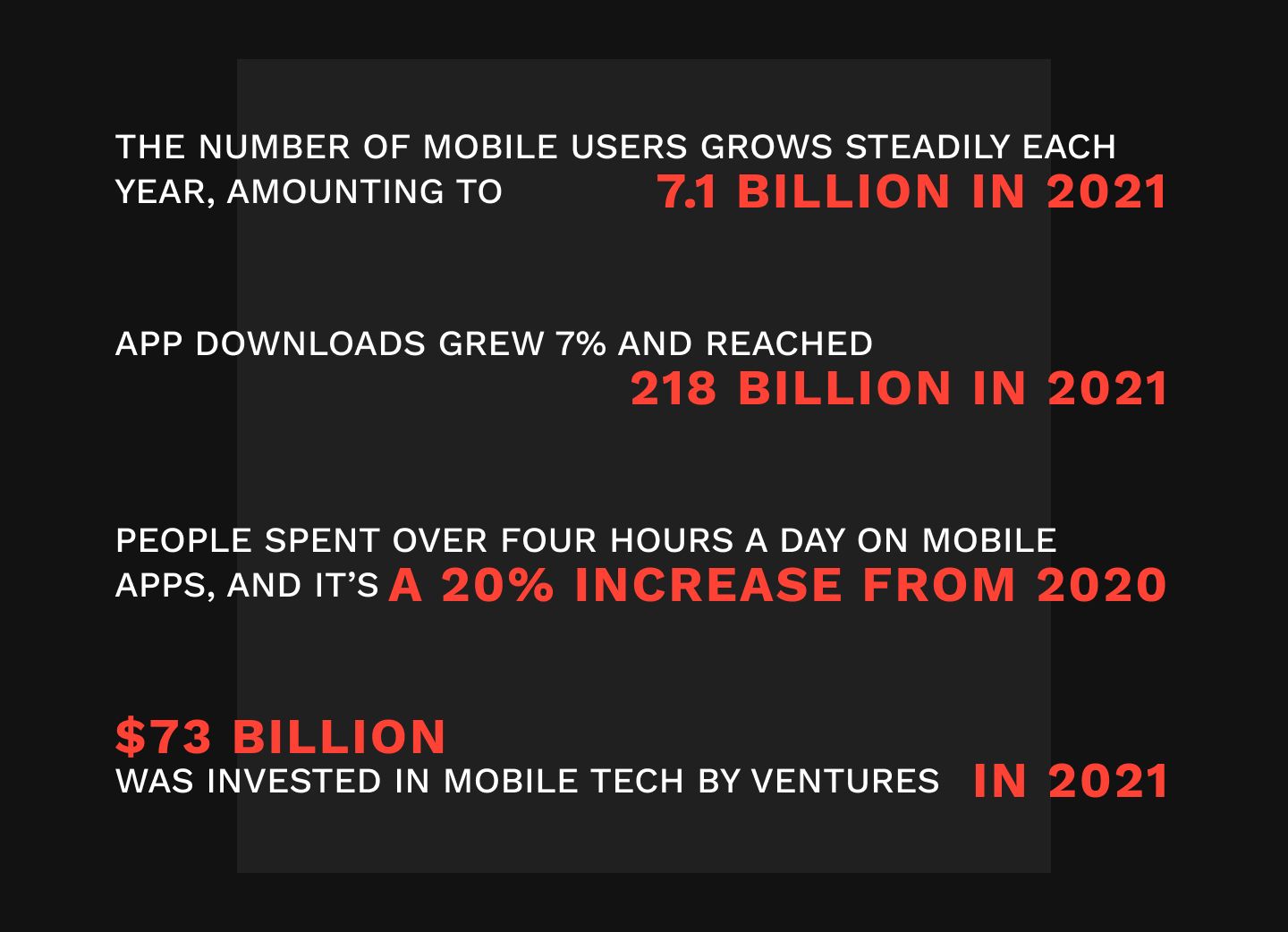
For businesses, expanding into online spaces has been beneficial for quite some time. However, in the COVID-19 era, expanding online has become a priority, and many businesses have even moved entirely online.
An online presence has multiple business advantages:
- Expanded audience
- Brand recognition and findability
- Access to more marketing channels
- Customer behavior data and analysis
- Accessibility
- Communication with customers
For commerce, online spaces also provide 24/7 operating hours. Even if orders aren’t processed and delivered 24/7, users can still place their orders at any time.
Those are benefits of having an online presence in general, but what about launching an app?
Well, the benefits of having a mobile app are also numerous:
- The number of mobile users grows steadily each year, amounting to 7.1 billion in 2021.
- App downloads grew 7% and reached 218 billion in 2021.
- People spent over four hours a day on mobile apps in 2021, a 20% increase from 2020.
- $73 billion was invested in mobile tech by ventures in 2021.
From shopping to food to finance and business, the use of mobile apps is growing in all categories. Why?
Compared to websites, mobile apps have many advantages for users:
- Offline access
- On-the-go access
- Better user experience
- Access to smartphone functionality (e.g. push notifications, Face ID)
Users prefer mobile apps for their convenience and security. This makes having a mobile app good for business.
But is it the best option for your business?
Here are some things you need to consider before plunging into mobile app development:
- Building a mobile app is usually more expensive than building a website, starting at about $30,000 per platform (compared to approximately $8,000 for a website).
- In most cases, you’ll need two mobile apps — one for iOS and one for Android.
- If you plan to sell something via your mobile app, keep in mind that both the Google Play Store and Apple App Store impose a 30% commission on in-app purchases, and this commission may be difficult to bypass.
- Mobile operating systems are frequently updated, and you’ll need to ensure your app’s compatibility, meaning you’ll need to keep in touch with mobile developers and pay them for app updates and maintenance.
On the other hand, the fact that mobile apps continue to appear and thrive on the market means that in many (if not most) cases, the benefits a mobile app brings to a business greatly outweigh the costs.
We still advise you to weigh all the pros and cons, calculate your possible profits, and make your decision based on this data. An experienced mobile development company will help you gather and analyze all the data and choose what to build — a mobile app, a website, or both.
Besides, a professional team will know how to start app development while reducing and spreading the app development costs so you don’t need to throw in tens of thousands of dollars right away.
Guide to a successful mobile app launch
Once you’ve done your research and found that a mobile app is well worth the investment, in order to launch it successfully, it’s time to begin figuring out what kind of mobile app you need.
There’s no one-size-fits-all app launch launch strategy — everything you’ll need to do will depend on research and test results. However, there are some common steps to launch an app that would help to achieve business goals.
#1 Choose the right mobile platform
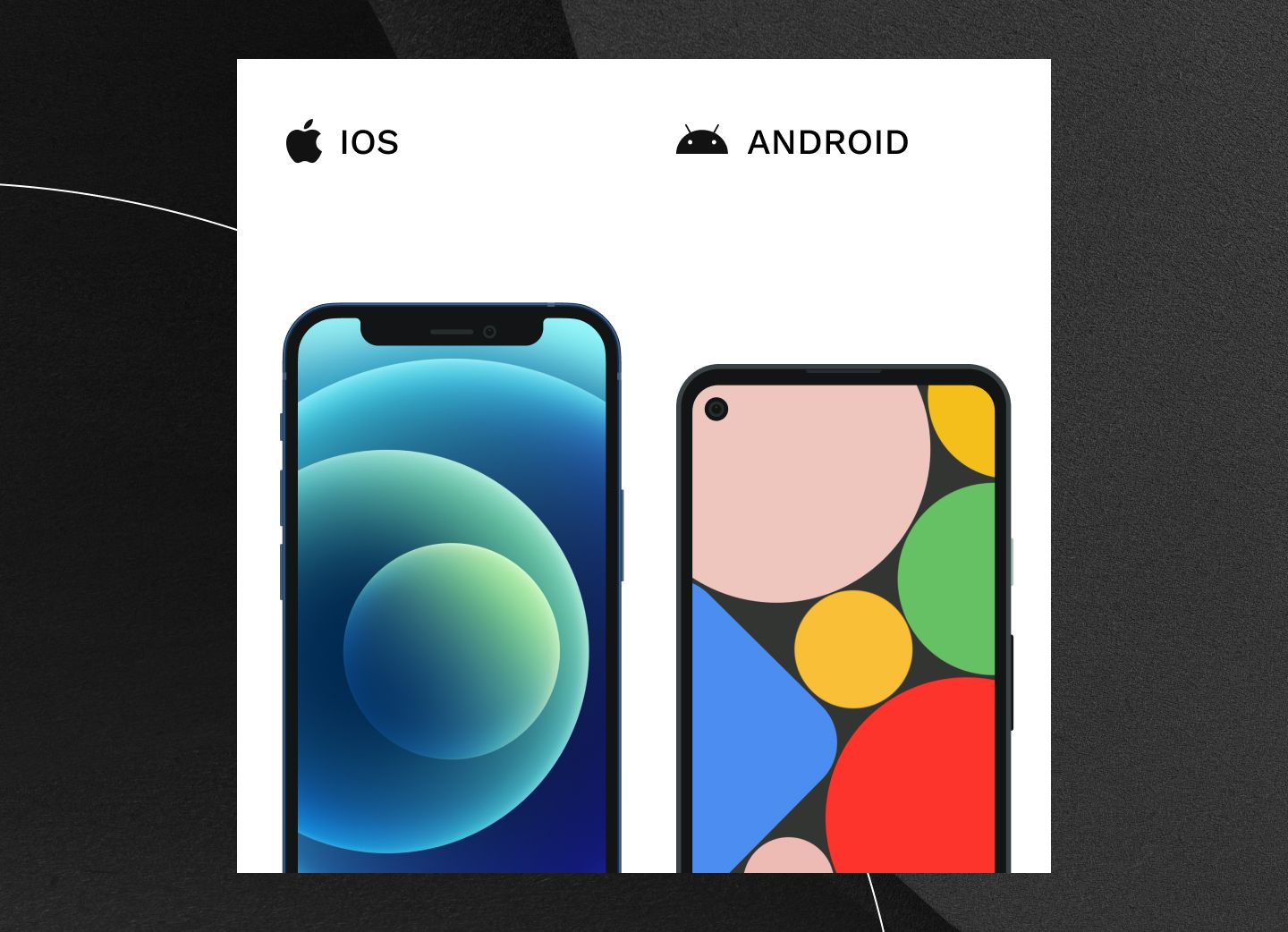
The Android vs iOS competition is ongoing, and the leader differs from country to country and demographic to demographic. Therefore, deciding on the right platform for the market in which you plan to launch is of utmost importance for your app’s success.
Android dominates the global market — in 2020, it accounted for 87% of the market globally. But the details are a bit more ambiguous.
- In the US, the market leans towards Apple devices — iPhones are used by almost 60% of smartphone users.
- Even more Apple-loving in 2020 was Japan, where iPhone was the preferred platform for over 60% of users.
- The UK market is divided between iOS and Android almost equally, with Android taking just a bit over 50% of the market share.
- Android has the largest market share in India, where over 90% of smartphone users have an Android device.
- In Germany and China, the Android market share nears 80%.
Of course, you can develop your app for both platforms simultaneously, thus reaching all potential users. However, doing so might be costly, as there are fundamental differences between the Android and iOS tech stacks:
| Android vs iOS tech stack | ||
|---|---|---|
| Android | iOS | |
| Programming language | Kotlin, Java | Objective-C, Swift |
| Development tools | Android Studio, ADT (Android Developer Tools) | Xcode, Appcode |
| UI frameworks | Android UI, Jetpack Compose | UI Kit, SwiftUI |
Android apps are written in Kotlin or Java. These are the two programming languages officially approved by Google. Apps written in either Kotlin or Java won’t be compatible with iOS devices — iOS apps are written in Objective-C and Swift. Development tools and frameworks also differ.
The cost of a successful application ranging between $30,000 and infinity, the traditional approach is to develop an app for one platform initially and add an app for the other platform later when the first app starts bringing in revenue.
There is a third option as well: you can go for a cross-platform application. These are apps that work on both Android and iOS devices.
Popular frameworks to develop cross-platform apps are React Native (a JavaScript framework), Xamarin (a C# framework), and Flutter (a Google Dart framework).
You might ask why anyone would build two apps when there’s an option to build one and run it on all devices. We’ve got an answer to that.
Cross-platform apps have limitations. In particular, they can’t easily access certain hardware-powered functionality on devices, like cameras or microphones. Cross-platform apps have slower performance due to additional rendering between the app and the device operating system.
With the app market as diverse as it is today, the expectations for app performance are high. Slow performance is one of the top reasons users uninstall apps, according to Mobile App Daily. You’ll need to take this into account when you choose between native and cross-platform apps, as well as later when you enrich your app with features.
#2 Adapt for different devices
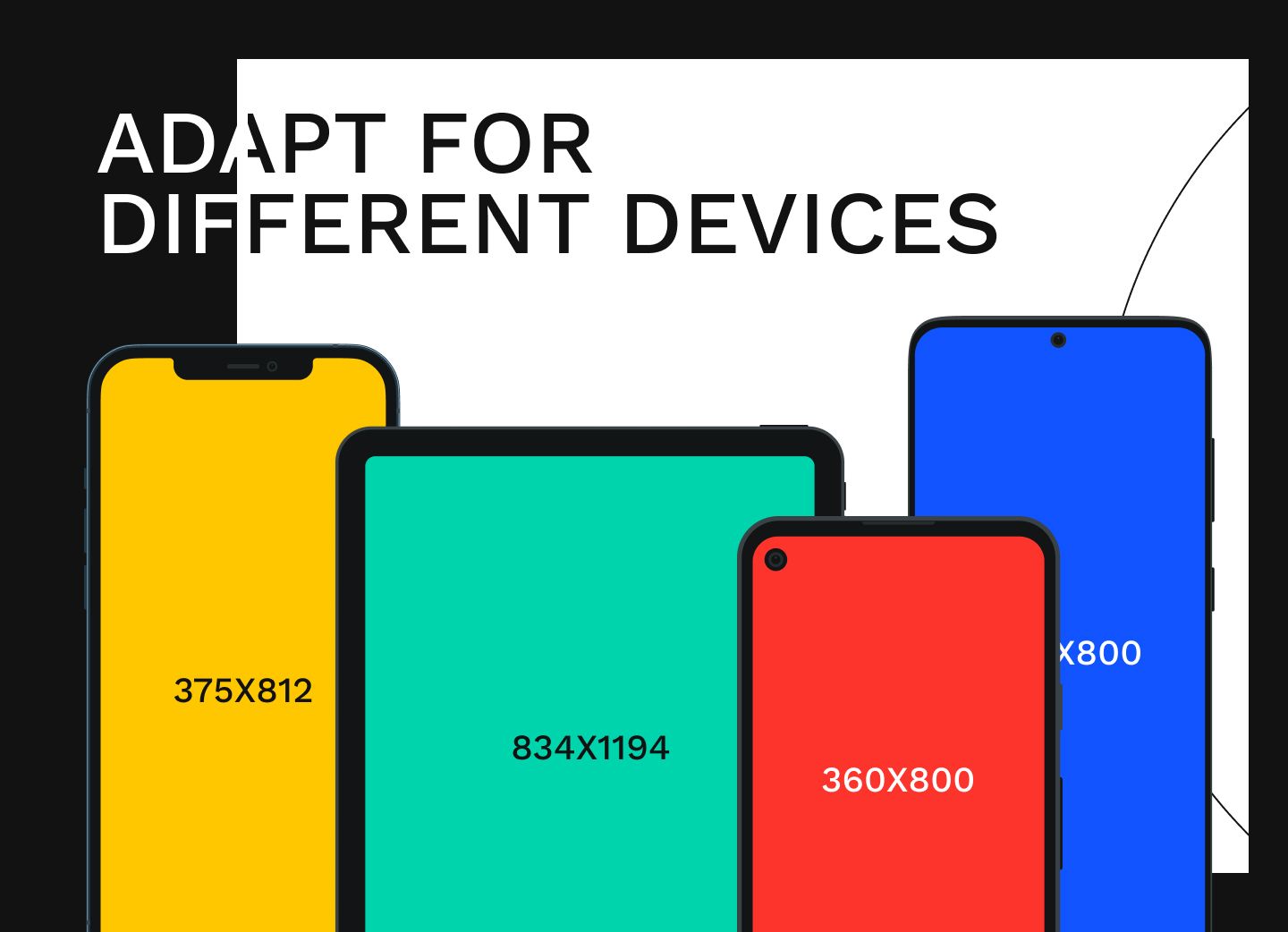
This problem is more prominent for Android apps than for iOS apps due to the sheer number of Android device models from numerous companies. However, the variety of iOS devices has also become quite rich, with new models popping up each year (and sometimes twice a year).
To know how to launch an app successfully, you need to cater to all categories of users of your chosen platform. Not all iPhone users can or want to buy the latest model when it’s out, and different iPhone models (and different versions of the same model) have different screen sizes, so at the very least, your UI designers will have to make visual prototypes in different proportions. Certain features present in one model can be cut or modified in another.
With Android devices, the range of model-specific or producer-specific intricacies is even wider.
Depending on what type of app you plan to build, its functionality, and its required permissions, your designers and developers will need to adapt the build to a variety of devices.
#3 Keep an eye out for new and trending technologies
If you pick an experienced development company to build and launch your app, your developers should be abreast of the latest technologies and trends. Nonetheless, it would only be beneficial for you to know what’s popular around the world and in your target market. And it would be a sensible decision to check trends at the start of development.
Here are some trends we believe have the most promise for the coming year.
- Security
- Anonymity
- Virtual and augmented reality
- Artificial intelligence and machine learning
- Internet of Things
- Support for wearable devices
- Blockchain
- Mobile wallets
Design trends:
- Accessibility
- Motion UI
- Gestures
- Hidden navigation
These just scratch the surface of all the new and old tech solutions that make headlines and enhance user engagement and loyalty to mobile apps. We recommend that anyone planning to launch a mobile app monitor trends and find those that might benefit their idea.
#4 Invest in marketing

Marketing gains more importance each year, as new apps appear all the time. Some are clones of successful apps, while others offer a new approach to solving users’ pains. All these apps compete on the market for users and revenue. Marketing is one of the main tools that can help you launch an app successfully.
We usually recommend starting marketing campaigns before launching an MVP. This way, you’ll create anticipation and build a bit of tension. However, it’s important to choose the right time and channels for your marketing campaigns.
Marketing is a tricky business.
If you start your marketing too early, promise too much too soon, and don’t deliver the promised scope on time, you’ll face reputational problems and, consequently, lose users and revenue.
Another landmine in marketing is deciding on the channels to promote your app. In addition to app store optimization (ASO), these days, you have a wide selection of marketing channels:
- Landing pages
- Ads in social networks (Facebook, Twitter, LinkedIn, local networks like WeChat)
- Industry publications
- Social media marketing
- Content marketing
- Video or interactive ads in other apps
- Participation in offer walls in other apps
- Influencers
- Video ads on YouTube
- Offline marketing (billboards and the like)
Different types of apps profit more from particular marketing channels. And creating a marketing strategy is no easy feat either. Sometimes, it takes several tries and errors to find your best option. You need to be prepared to invest in marketing campaigns and marketing specialists.
Tip: It’s of the utmost importance for a business to be consistent in its communication with users, be it in-app language or marketing messages. Consider hiring a specialist to create a style guide for your business if you haven’t already.
#5 Pay extra attention to backend and UI/UX design
We’ve already mentioned this, but we strongly believe it’s worth repeating: mobile app users today have high expectations for apps; moreover, there’s an alternative to nearly any existing app. Simply solving a user’s pain isn’t enough anymore.
Well-made and skillfully implemented marketing campaigns will bring users to your app. But to keep these users and attract a new audience through recommendations, you need your app to be:
- Visually pleasing
- Intuitive and user-friendly
- Fast and high-performing
Making your app intuitive, user-friendly, and visually pleasing is the job of your team’s UI/UX designers. As a rule, using best practices for mobile UX design you can achieve this goal. Meanwhile, the app’s speed and performance are the fruit of your backend specialists’ work, your selected servers, and implemented technologies (APIs, frameworks, etc.).
To increase your chances of a successful app launch, discuss technical details with your developers beforehand.
For example, cloud servers are good at providing default security and ensuring uninterrupted performance even during updates. But they are often more expensive than traditional servers. Moreover, the cost of some cloud services might include services your app will not need. You’ll need to pay attention and choose to pay for only what you need.
There are quality APIs that are open-source and free or freemium for maps, email verification, public transport monitoring, weather, and databases. Other APIs are paid but will end up being cheaper than building functionality from scratch.
An experienced backend developer will be able to offer you a quality tech stack within your budget.
#6 Integrate analytics
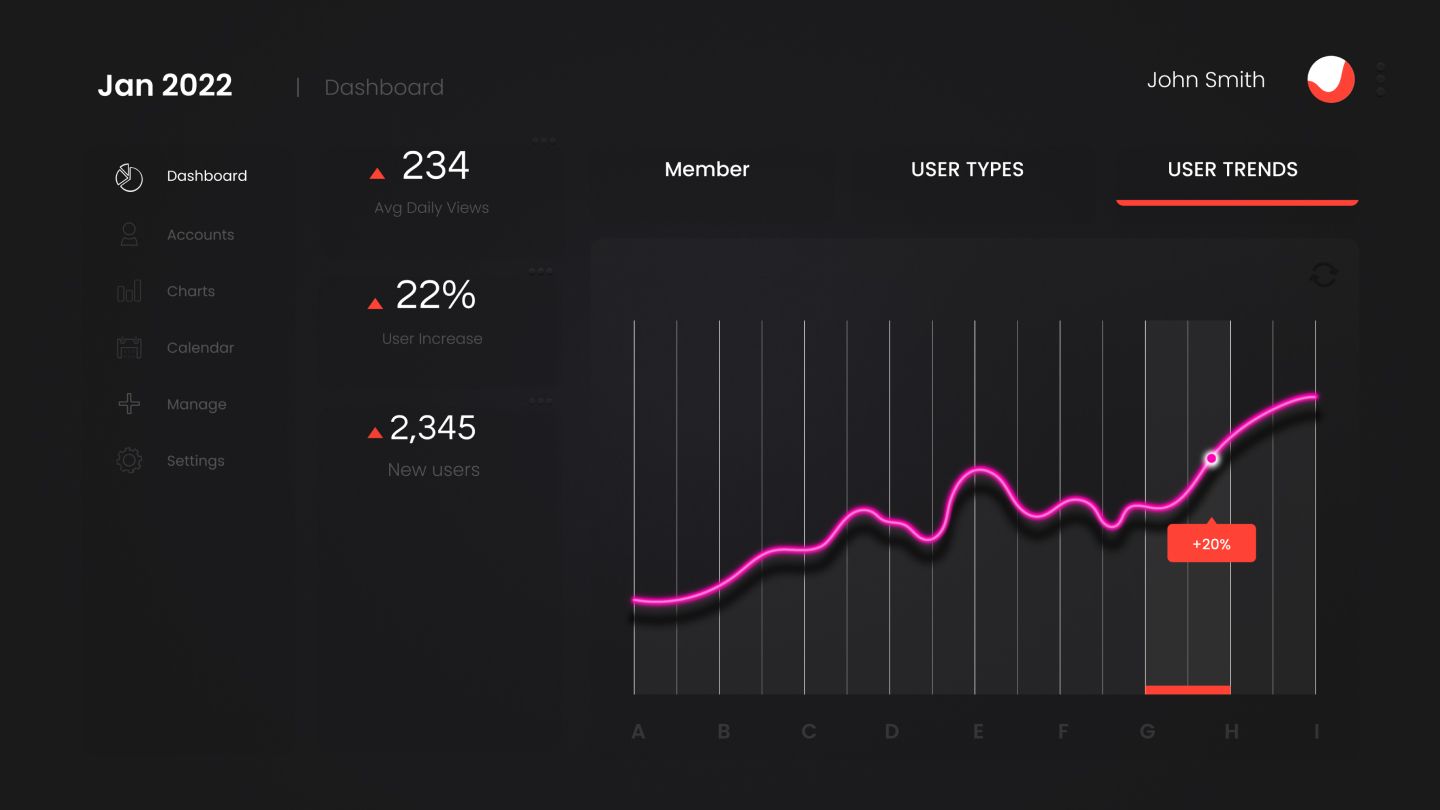
App performance analytics is used to obtain user behavior data:
- How many users install your app
- How long they use it before uninstalling it (user lifetime)
- Average session length
- How many users register an account
- How many users turn into paying users and at what stage
- How much money users spend in your app on average
- Your app’s bounce rate and at what stage users bounce
This data will help you make adjustments to the app’s interface and functionality. And when you decide to seek funding outside your immediate circle, this data will also be of interest to potential investors.
#7 Release an MLP
A minimum lovable product, or MLP, is a version of a minimum viable product (MVP). Both are focused on offering an early release with only core functionality, often in a limited area.
The difference between an MVP and an MLP lies in the fact that an MLP focuses on creating an emotional connection between a user and an app. The emotional connection is achieved by launching your app with not just core functionality but also a quality UI and UX.
The market we see today offers many alternatives to just about any mobile app. Users have a wide selection of apps almost identical in functionality. To make users choose your app when you launch it, your app needs to either be a solution so unique it can’t be compared to competitors, or it needs to offer users an experience they can’t find anywhere else. You can achieve the latter by launching an MLP — an app that will have somewhat limited functionality as a work in progress but will balance it with a memorable interface design and refined user experience.
An MLP is also a great solution to help your marketing efforts by building brand recognition.
#8 Test, test, test, then test again
Nothing puts people off new apps as much as bugs and crashes. When users have been using an app for a long time and something goes wrong after an update, many will give the developers a chance to fix it — that’s one of the perks of having loyal users. That won’t happen with an app users have just installed.
There’s no talking of a successful launch if there are bugs right at the beginning, especially if you want to launch an app as a startup without name recognition. So test everything as many times as you can.
#9 Be in contact with your users
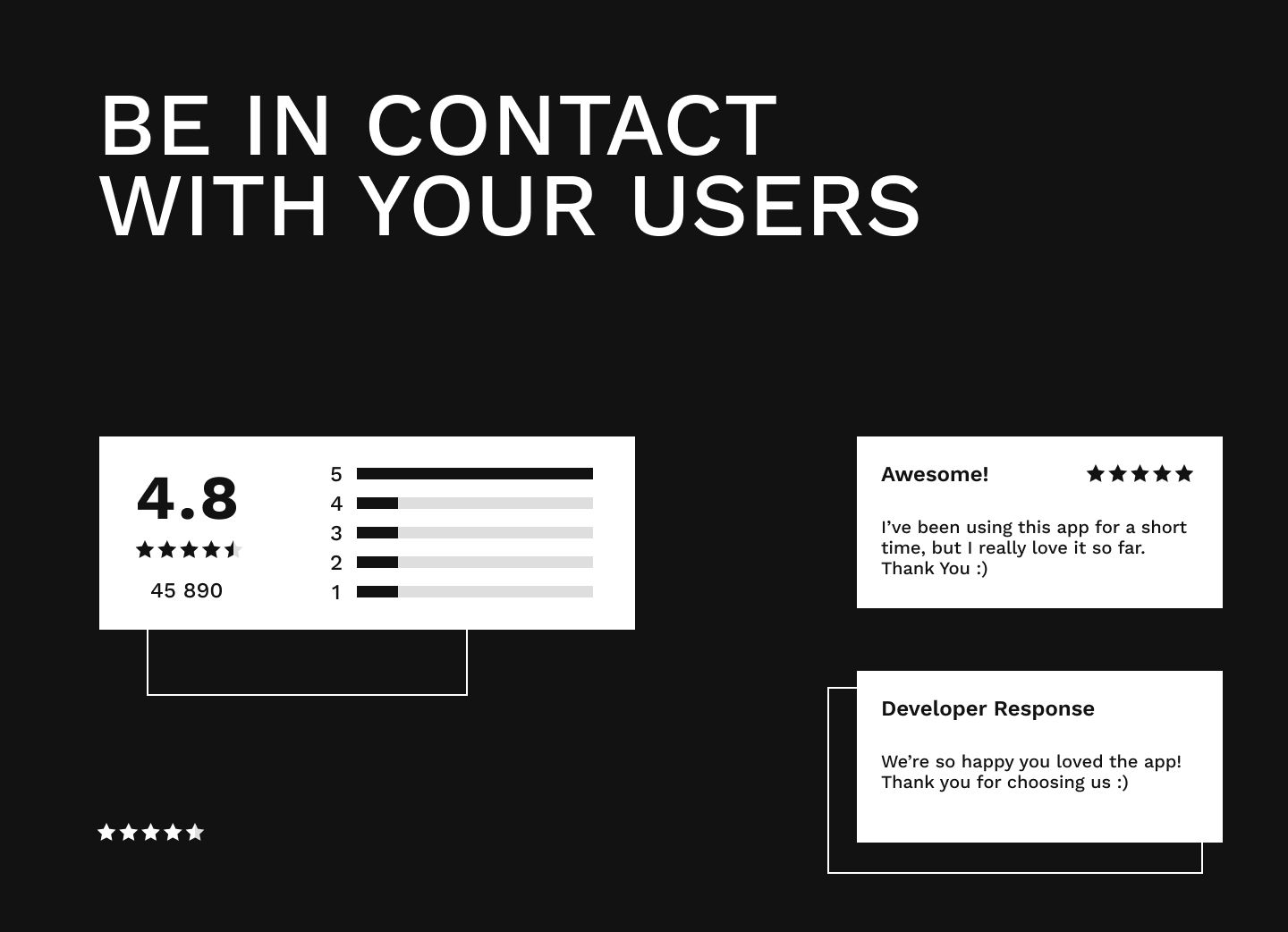
In-app analytics offer impartial data that’s necessary for your future efforts. However, it’s sensible to combine this data with feedback users offer willingly and on their terms.
To do that, you need to be reachable for your users — monitor and answer their queries and comments in app stores, set up monitoring of your brand mentions in search engines and social networks, and communicate with users via occasional surveys.
By being in contact with your users since before and during the MVP/MLP release, you’ll obtain valuable data on how to launch an app successfully when it’s time for the full release. Quality communication will also do wonders to your brand image and reputation.
Find reliable partners who know the mobile market’s ins and outs
When launching a new app, whether it’s for a startup or a seasoned business pursuing expansion or digital transformation, you can apply recommendations from the list above on your own, commissioning only the technical side of things to developers.
However, a professional mobile app development team will most likely make launching an app easier for you by applying their experience.
A qualified developer will have some answers and tips for a successful launch right away and will know where to find reliable sources of information when they don’t have an immediate answer. They’ll also offer data-based advice when you’re at a crossroads, help you find and highlight your app’s unique value, and prioritize features for development.
All in all, hiring a professional full-stack development team will save you time and money and give you some peace of mind while you get ready to launch your app.
If you’d like to ask any questions about the best way to launch an app or if you have an app idea, we’re one message away.

